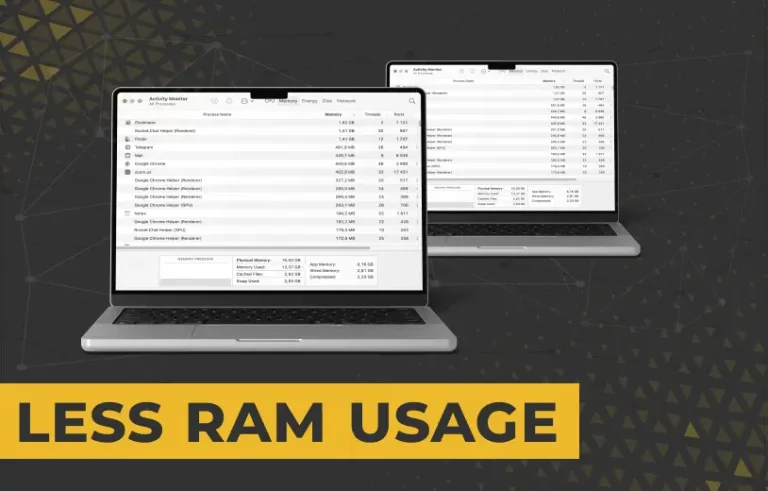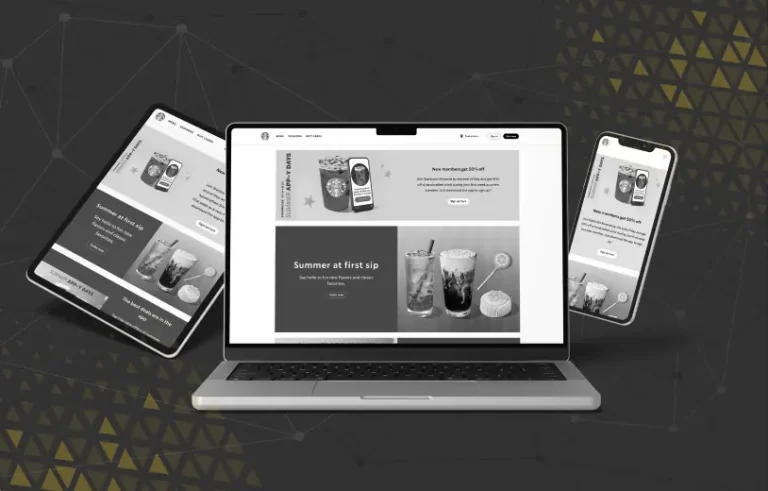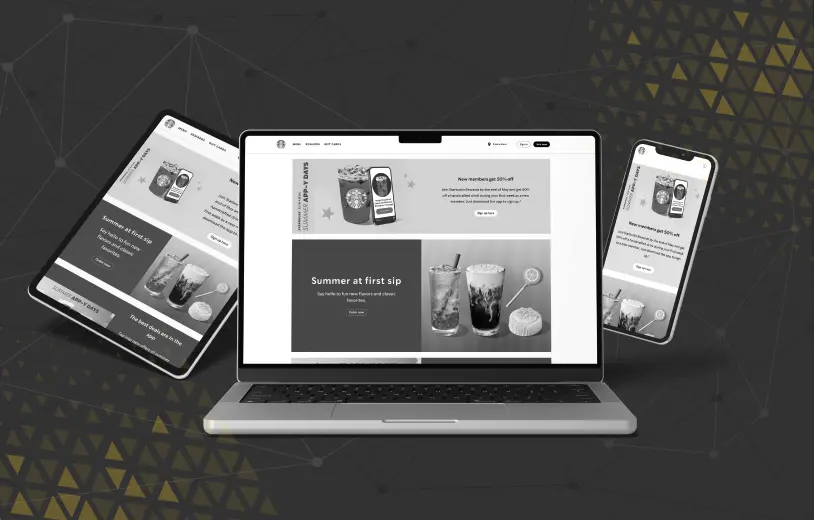Key Takeaways
- Progressive Web Apps (PWAs) offer a cost-effective, lightweight alternative to native apps while maintaining similar functionality and user experience.
- Native apps provide superior performance and access to device-specific features but require separate development for iOS and Android platforms.
- Choosing between PWA and native apps depends on your budget, development timeline, and the specific needs of your target audience.
- PWAs are ideal for businesses prioritizing accessibility and reach, whereas native apps excel in delivering robust, high-performance solutions.
In today’s bustling market of online gaming, the 1win app has emerged as a front-runner in Argentina, captivating users with its robust features and extensive betting options. This comprehensive guide dives deep into the facets of 1win that make it a top choice for Argentine enthusiasts, focusing particularly on its user-friendly mobile app and enticing bonus offers.

Understanding 1win
• Background and Legitimacy: Established to meet the growing demand for a reliable and engaging online betting experience, 1win has garnered a reputation for excellence and integrity. Operating under stringent regulations, 1win is licensed to ensure fair play and security, adhering closely to the legal standards required in Argentina.
• Platform Overview: The 1win platform offers a rich array of betting options, including sports, casino games, and innovative live dealer sessions. Each category is designed to bring the excitement of betting to the user’s fingertips through a state-of-the-art mobile application.
The 1win Mobile App
• App Features and Design: The 1win app boasts a sleek design with an intuitive interface, making navigation seamless for users of all tech levels. Its layout is optimized for quick access to all betting functions, enhancing user engagement through real-time updates and streamlined betting processes.
• Mobile Accessibility: Compatible with both Android and iOS devices, the app offers a fluid experience across a range of smartphones and tablets. Detailed instructions for downloading and installing the app highlight its accessibility in the Argentine market.
• Functionality: Advanced features of the app include live betting capabilities, push notifications for betting events and promotions, and a comprehensive account management system, allowing users to make deposits, place bets, and view their betting history all from their mobile device.

Registration Process
• Creating an Account: Registering with 1win is straightforward. New users in Argentina can sign up directly through the mobile app by entering personal details and completing an identity verification process to comply with regulatory requirements.
• Bonuses for New Registrants: New Argentine players are welcomed with enticing bonuses designed to enhance their initial betting experience. These include substantial deposit matches and free bets or spins, detailed with clear instructions on how to claim these benefits.

Bonuses and Promotions
• Welcome Bonuses: The welcome bonuses at 1win are particularly competitive, offering new users in Argentina a percentage match on their first deposit that significantly boosts their betting potential.
• Ongoing Promotions: Regular users are not left out, with reload bonuses, weekly cashback offers, and points-based loyalty programs that reward consistent play. These promotions are tailored to keep the gaming experience both thrilling and rewarding.
• Bonus Terms and Conditions: Detailed explanations of terms associated with each bonus ensure that users fully understand the wagering requirements, qualifying deposits, and bonus expiration periods, promoting transparency and user satisfaction.

Betting and Gaming Options
• Sports Betting: The sportsbook at 1win covers a wide range of sports, from global favorites like soccer and tennis to local passions such as basketball and polo. The app provides detailed betting options for both domestic leagues and major international tournaments.
• Casino Offerings: The casino section includes a vast selection of slots, table games, and video poker, alongside live dealer games that bring the casino floor to life via real-time feeds from professional studios.
• Innovative Features: The app also introduces users to the exciting world of virtual sports betting and in-play betting, offering a dynamic gaming environment that keeps pace with the latest trends in the online betting industry.
